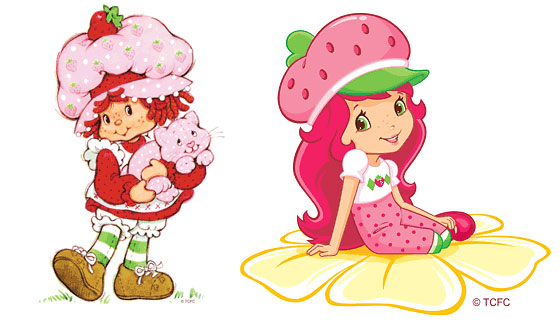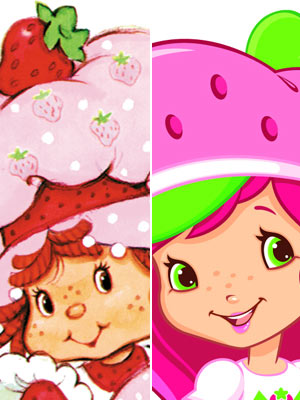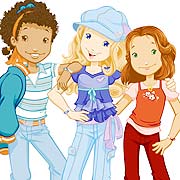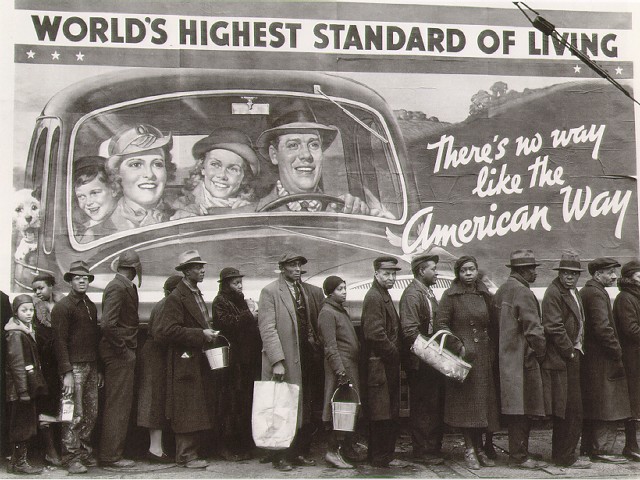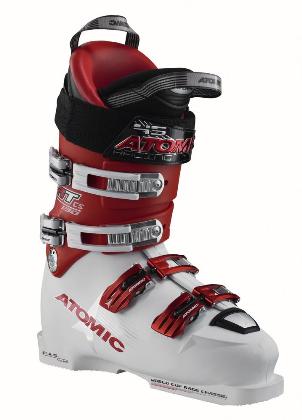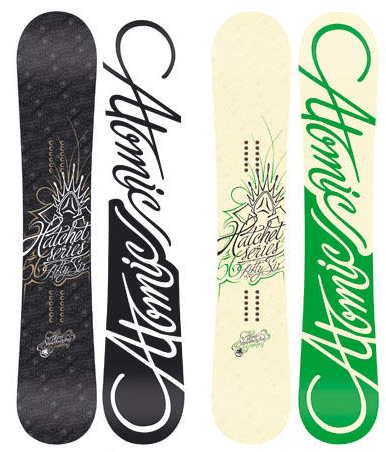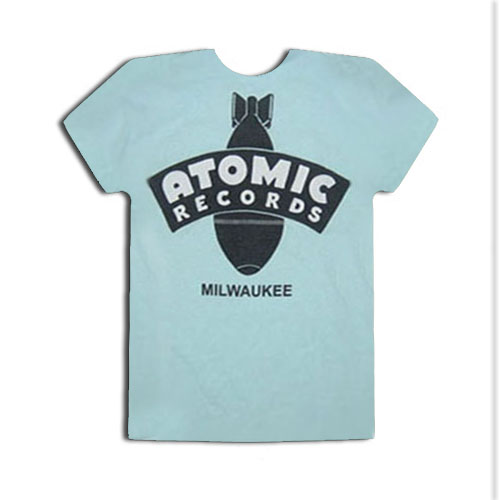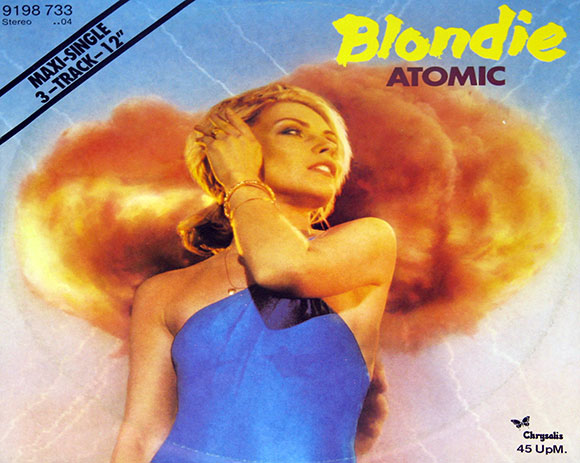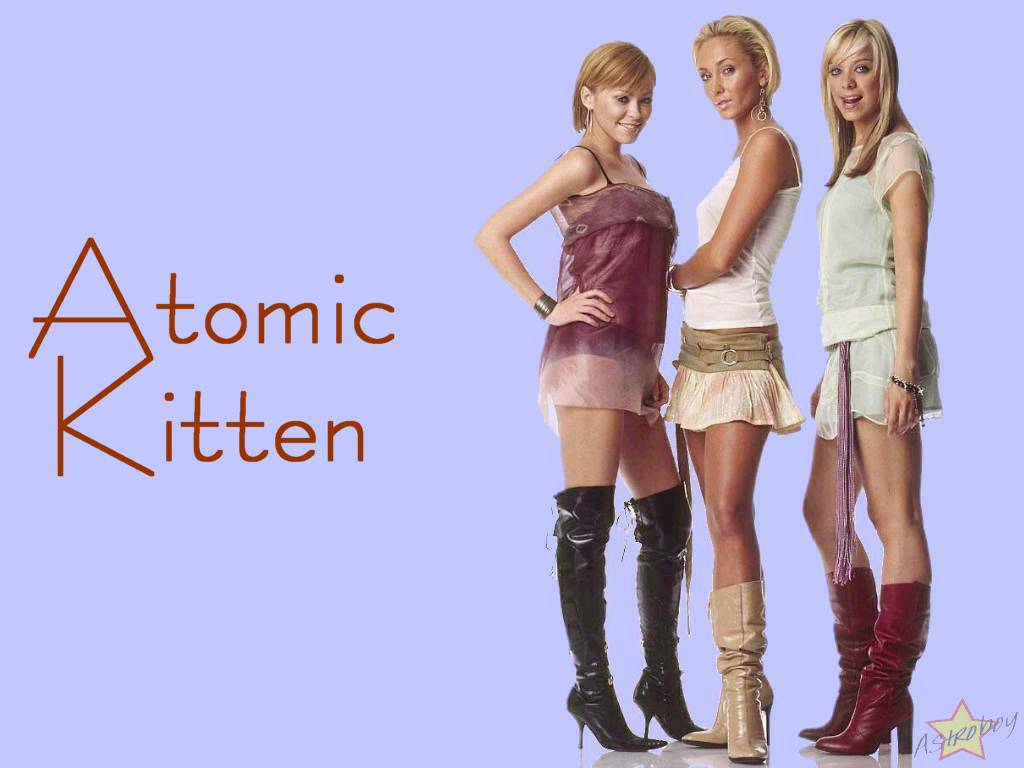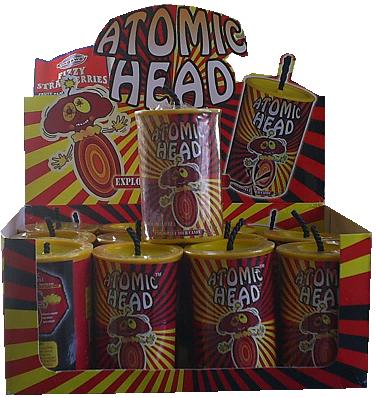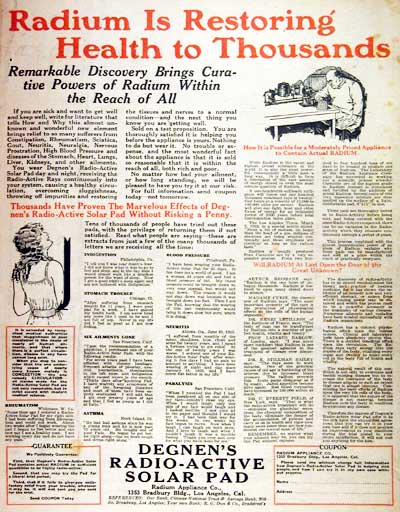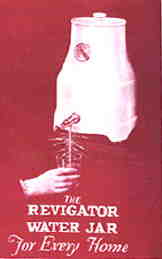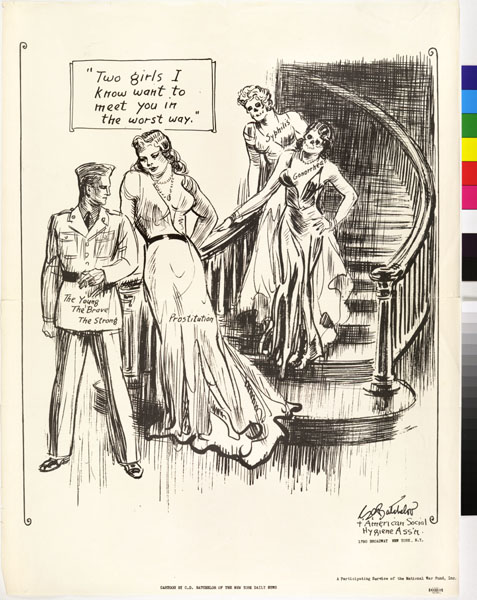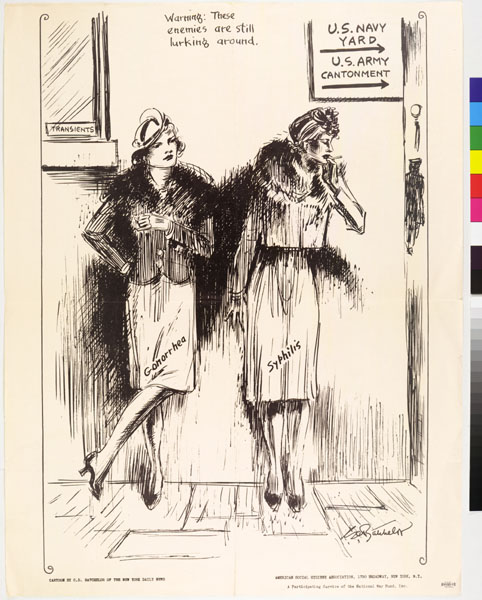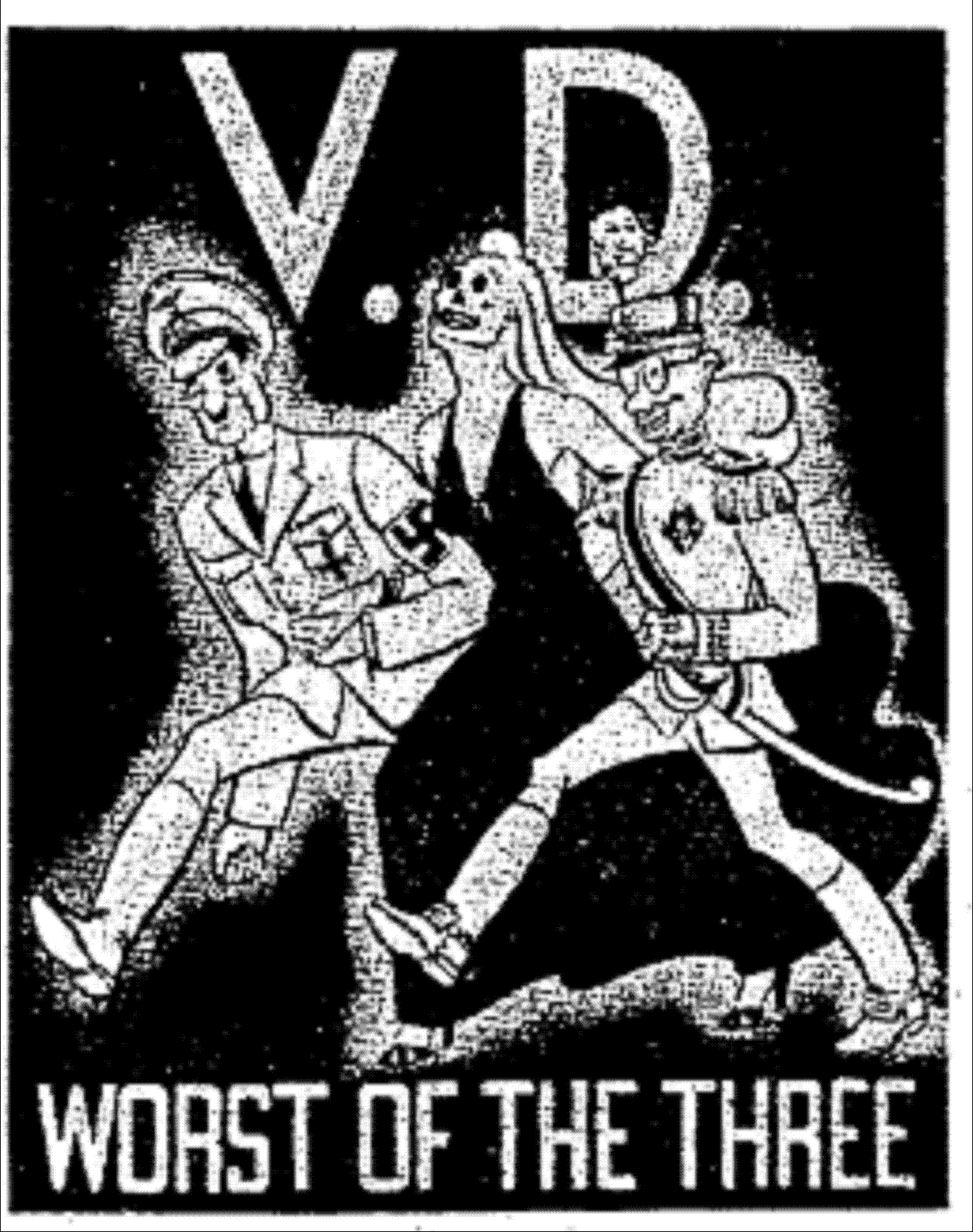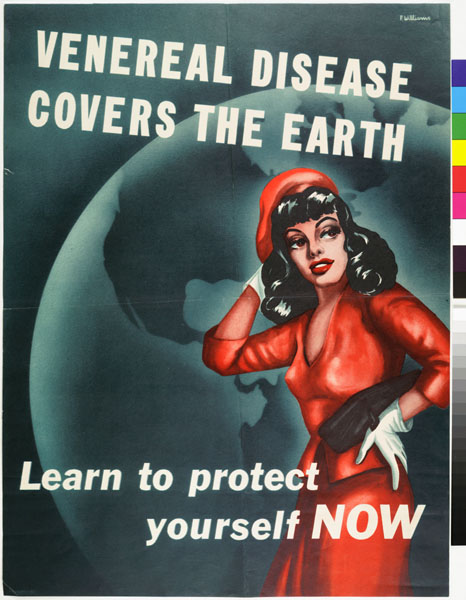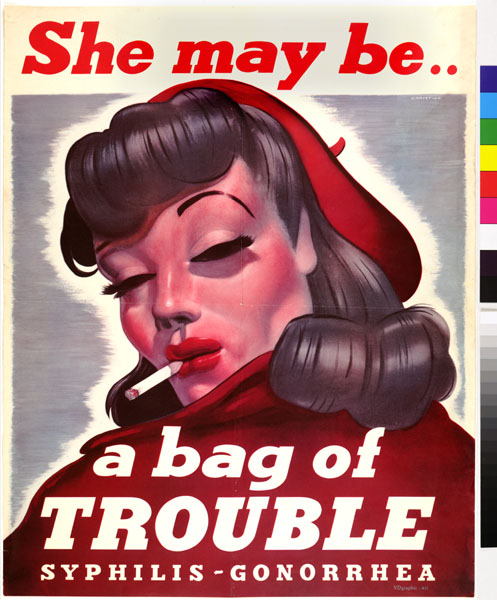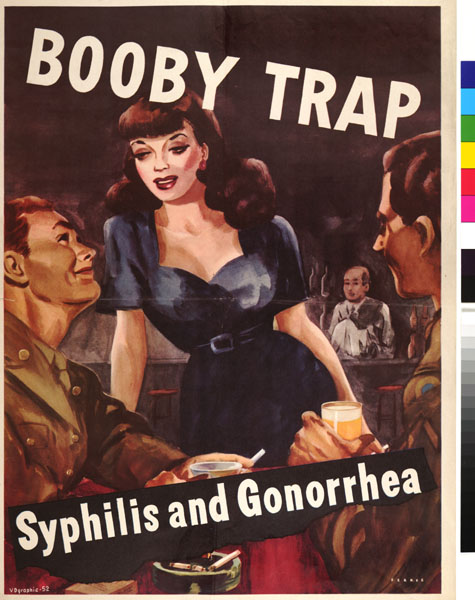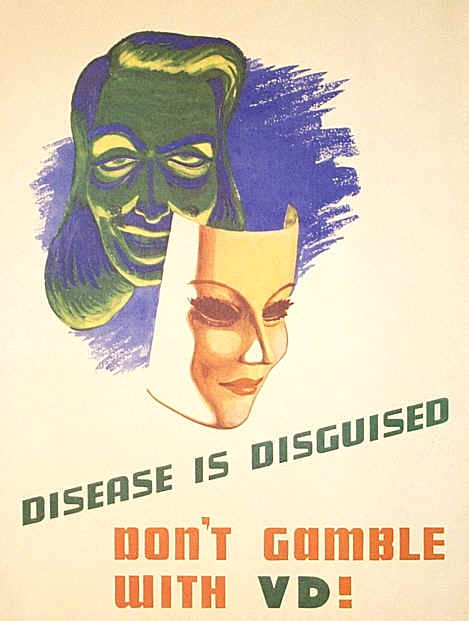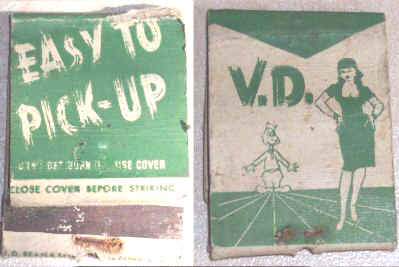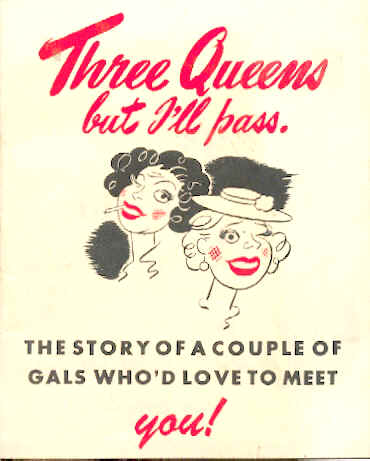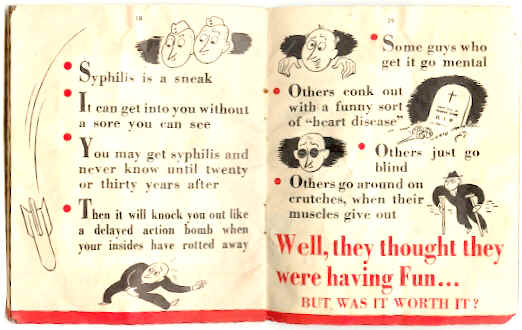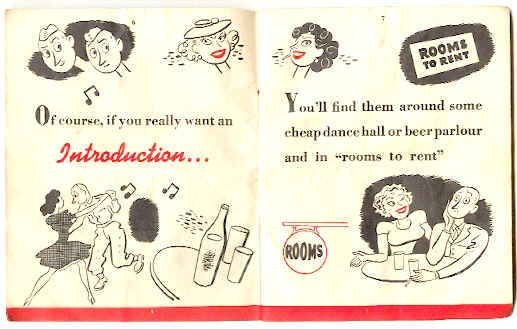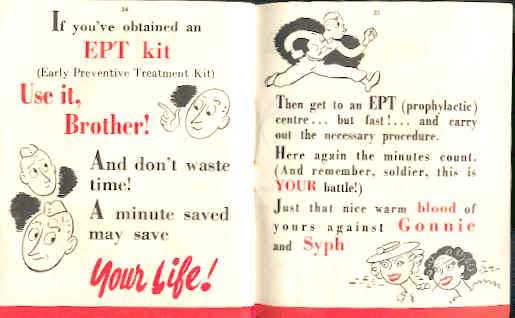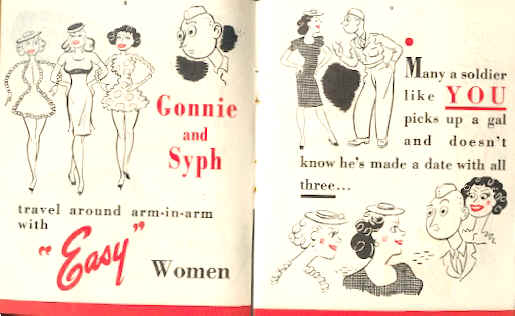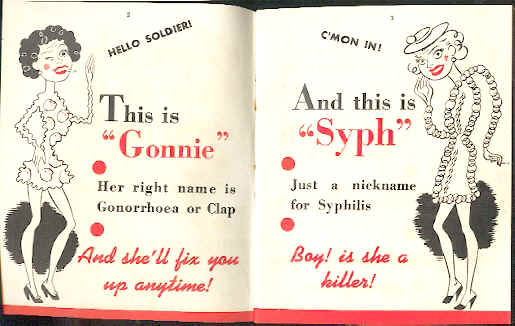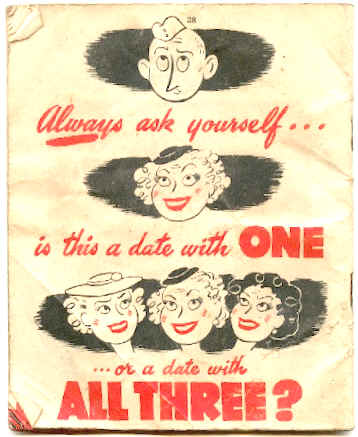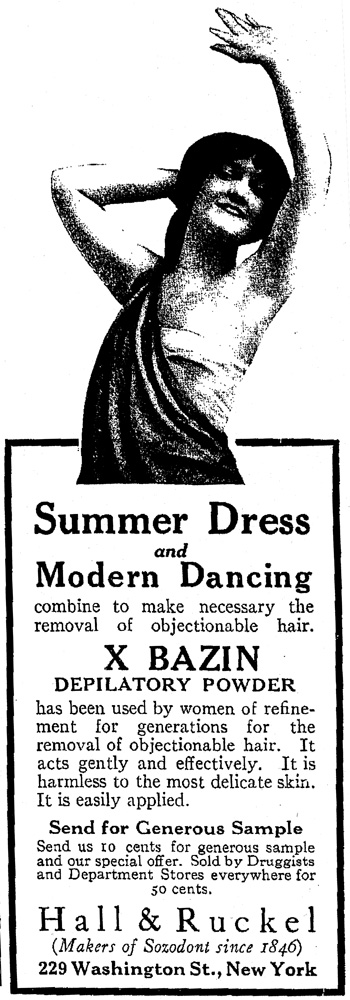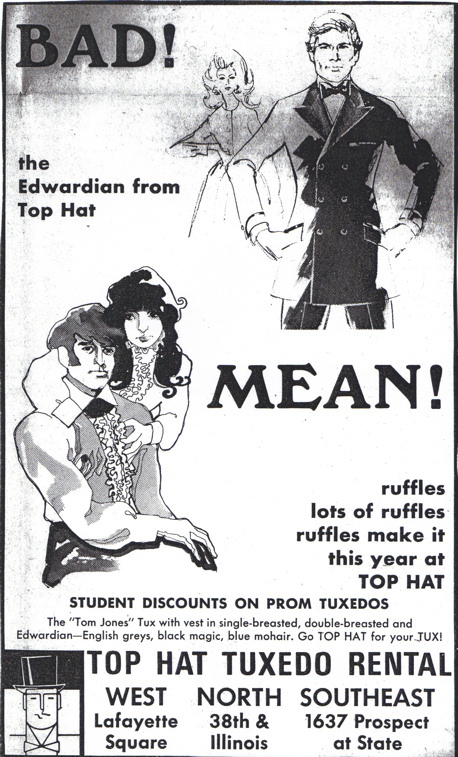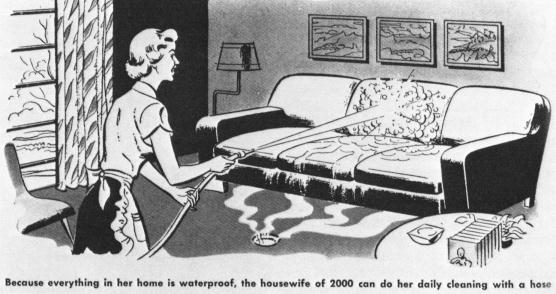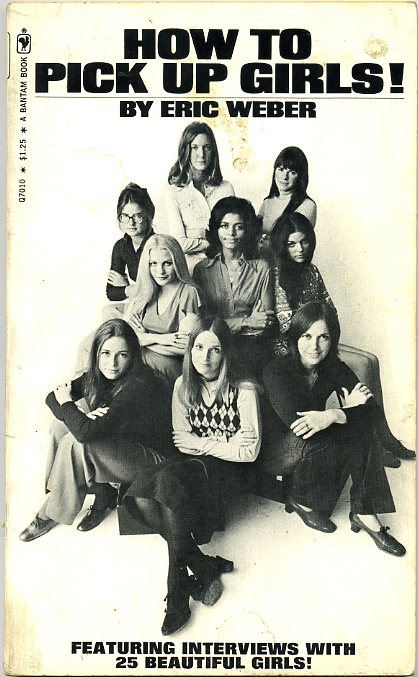One of my former students, Kim D., brought my attention to the old and new versions of Strawberry Shortcake (found here):
Her hair has gotten longer and sexier and she’s more “human” looking. Her clothes are also more form-fitting, and her face is thinner.
Here is a close-up on their faces, from this series of images focusing on her “makeover”:
Notice her lips are fuller and pinker and her eyes are larger. She also has fewer freckles.
The New York Times discussed her makeover:
Strawberry Shortcake was having an identity crisis. The “it” doll and cartoon star of the 1980s was just not connecting with modern girls. Too candy-obsessed. Too ditzy. Too fond of wearing bloomers.So her owner, American Greetings Properties, worked for a year on what it calls a “fruit-forward” makeover. Strawberry Shortcake, part of a line of scented dolls, now prefers fresh fruit to gumdrops, appears to wear just a dab of lipstick (but no rouge), and spends her time chatting on a cellphone instead of brushing her calico cat, Custard.
I don’t remember Strawberry Shortcake being “ditzy,” but maybe my memory is bad. And do kids really like cell phones better than pets these days? They probably do, I’m just out of touch.
Here is the original Holly Hobbie from the 1970s (found here):
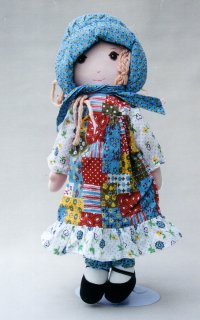
The new, sassier version, from USA Today:
There’s a Holly Hobbie website where you can read her journal and watch videos.
When I started looking at these, I was puzzled; if the originals are so unappealing to today’s kids, why are they being re-released? Why not just come up with new products? I found some interesting commentary on Jezebel.com:
As part of a growing toy-industry trend (Care Bears are getting slimmed down; Teenage Mutant Ninja Turtles will be more pumped, less aggro), vintage brands are being reworked to appeal to the kids, while still playing on young parents’ nostalgia…What I find bizarre about all this is the implicit assumption that kids can’t relate to a character who’s not exactly like themselves. Strawberry Shortcake wasn’t popular twenty years ago because we all wore bloomers and lolled around in a berry patch; it was cute and fun and the dolls smelled good. This kind of formulaic thinking presupposes a narcissism that, ironically, agendas like these seem to create.
I think she may be on to something there: the appeal is to parents, not the kids themselves. To a little kid, Strawberry Shortcake and Holly Hobbie have no history and aren’t particularly different from other toys available at the store. It’s their parents who have an attachment to the toys. But since the prevailing wisdom is that kids are more “sophisticated” and grown-up at earlier ages, the toys are tarted up a bit to look more sexified teen or pre-teen girls.
I think these images are good for showing the trend toward making girls’ toys, even those for young girls, increasingly sexy, with an emphasis on more human (as opposed to obviously toy-like) features, make-up, and flirty eyelashes and lips. Don’t get me wrong–I’m not meaning to romanticize the earlier versions as some perfect type of toy for girls or that there’s some idyllic past when childhood was sweet and innocent. Personally, I thought Holly Hobbie was boring when I was a kid, though I adored Strawberry Shortcake (or, more specifically, Blueberry Muffin and Lime Chiffon; all I really cared about was the way they smelled and the pets they came with–I was a farm kid, so animal toys were always of great interest to me). But I do think there’s something disturbing about the ways that so many of the toys we give girls today constantly reinforce the message that sexiness and being flirty are desirable attributes, even for young girls.
That might lead to a larger discussion: why are we seeing this trend? What’s going on there? What might be the cultural impetus behind the choices to design, manufacture, market, and purchase toys that incorporate these messages about femininity?
Thanks, Kim!

